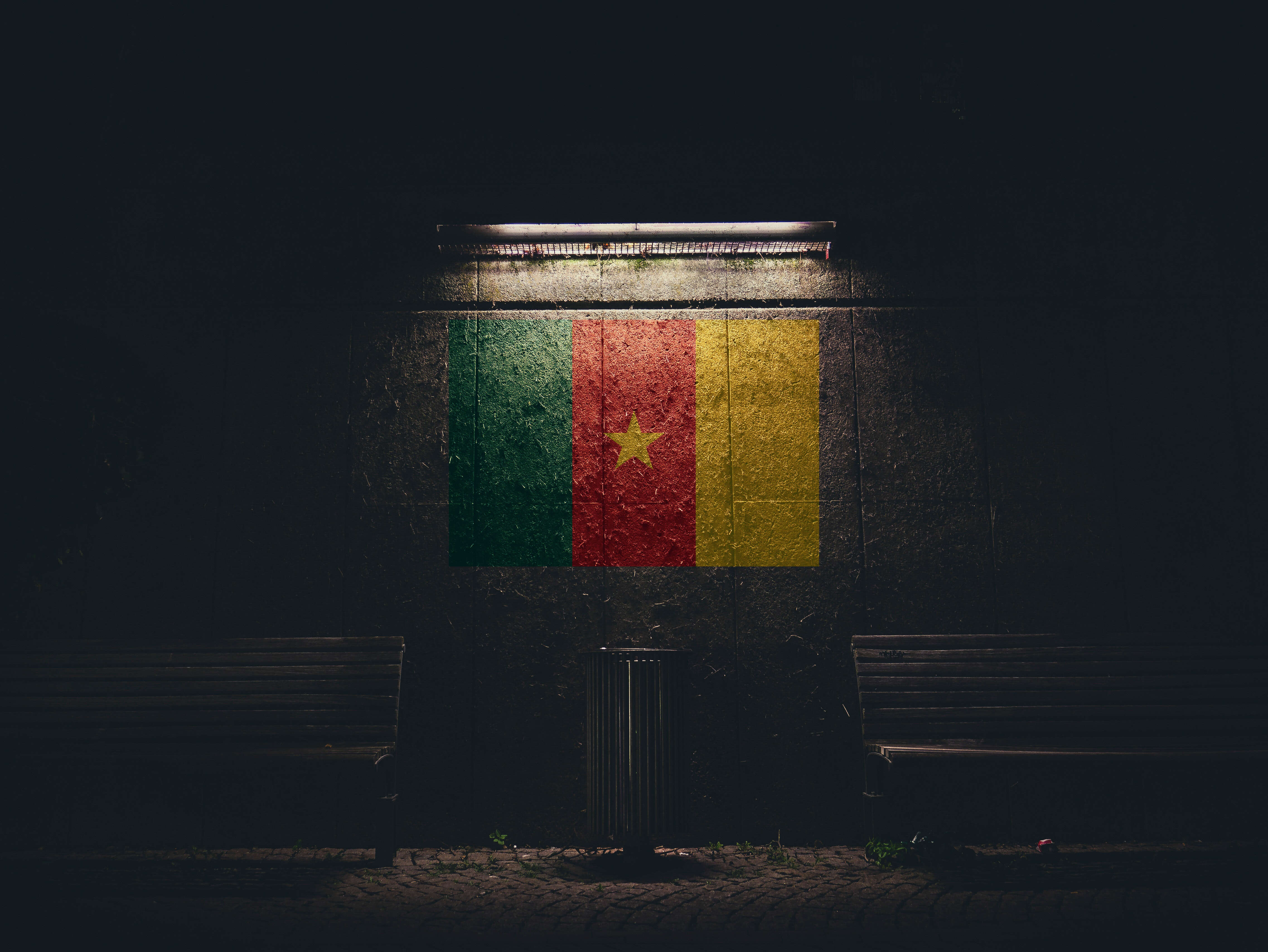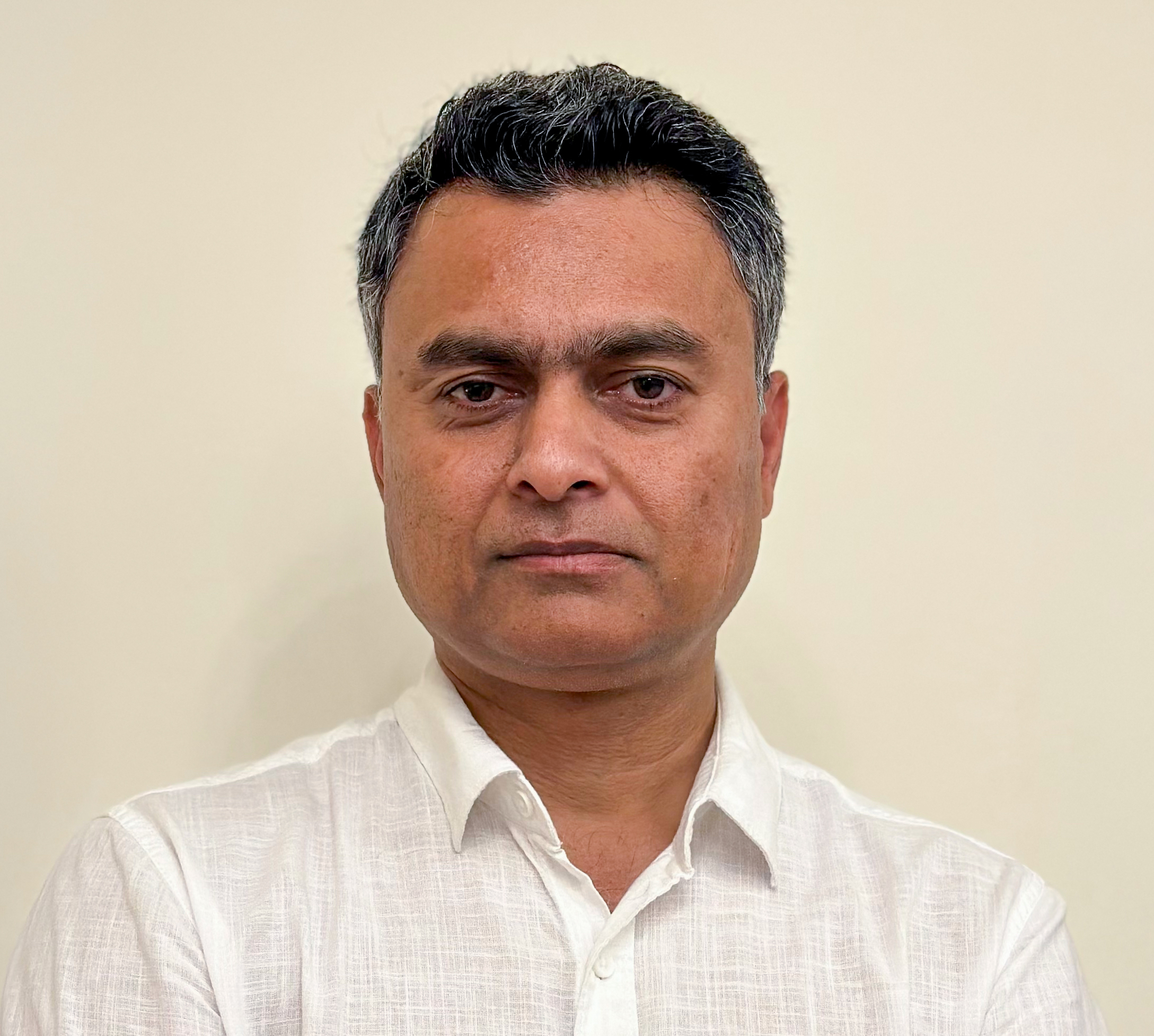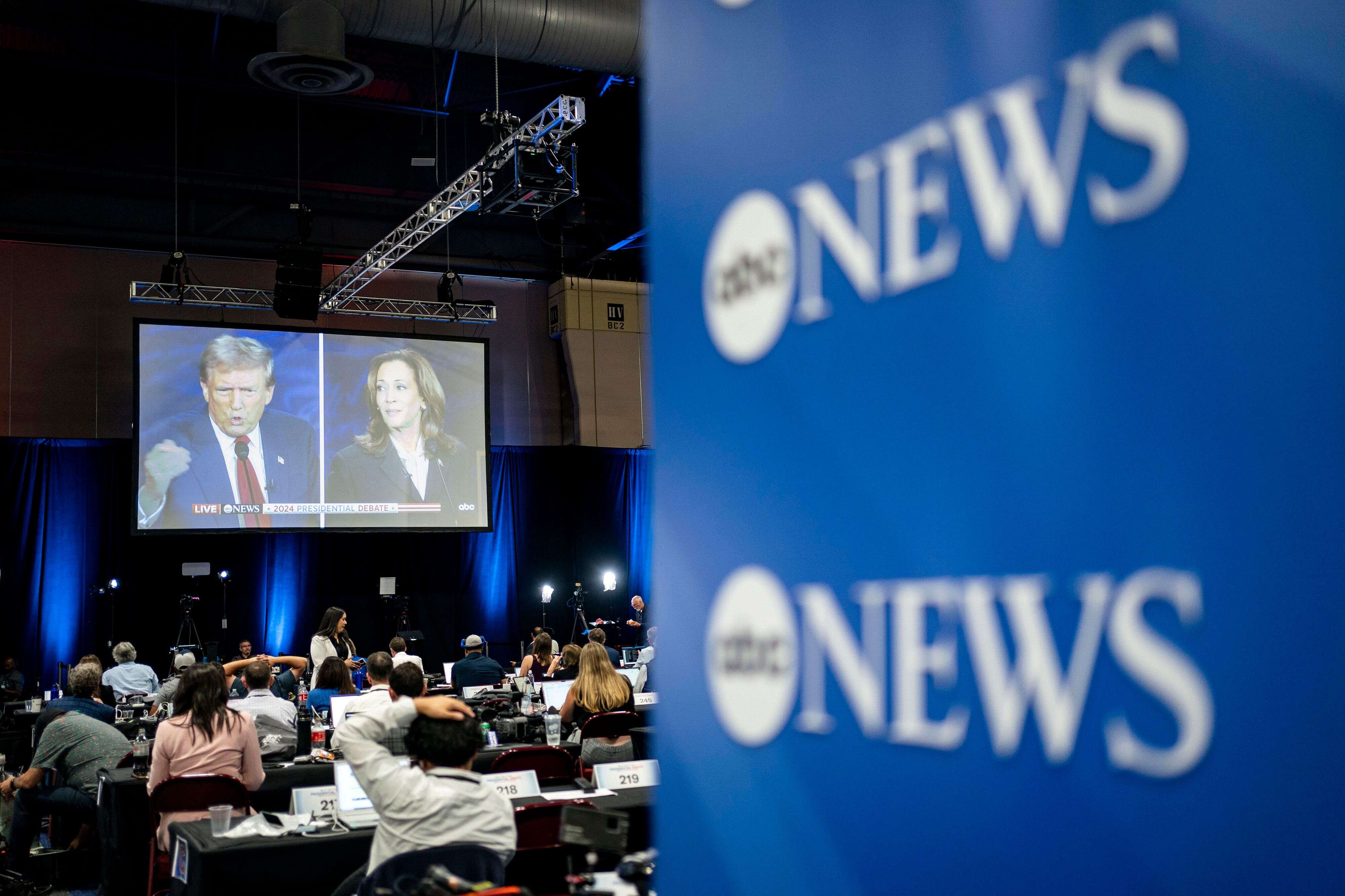أصبح استخدام تقنيات الواقع الافتراضي في التصوير الصحفي أكثر انتشاراً وشيوعاً، ولا يخفَى على أحدٍ السبب وراء ذلك. بصفتها واحدة من أكثر التجارب "الانغماسية" الممكنة، يضع الواقع الافتراضي الجمهور في وسط الحدث الذي لن يكونوا قادرين في أي حال من الأحوال على الوصول إليه في الظروف العادية. فعندما يستطيع المشاهدون التجول في أحد مخيمات اللاجئين بدلاً من مجرد مشاهدته على الشاشة، يزداد وعيهم بالأزمة العالمية للاجئين، ويتبين لهم جوانب أخرى من القصة.
ولكن الواقع الافتراضي ليس مجرد تصوير بتقنية 360 درجة. فعلى الرغم من قدرة التكنولوجيا الانغماسية على تقديم قصة أقوى وأكثر إقناعاً، تظل احترافية ومتانة بناء القصة أساساً ضرورياً عند تصوير القصة الصحفية باستخدام تقنيات الواقع الافتراضي. ومع زيادة شهرة الواقع الافتراضي، واتساع استخدامه في أوساط الصحفيين، تصبح غرفة الأخبار أكثر تقبلاً للشكل النهائي للقصة. لكن الأمر يتطلب أكثر من مجرد وضع كاميرا 360 درجة لتصوير مشهد فريد أو مثير للاهتمام وجمع اللقطات معاً ببساطة. نحن نرى أن التقارير الإخبارية باستخدام الواقع الافتراضي تكون أكثر تأثيراً عندما ينصب التركيز على الحركة، بدلاً من الاكتفاء بتصوير موقع وحسب. ولذا فإنه لا يزال مطلوباً من صانعي الأفلام أو الصحفيين الذين يستعينون بالواقع الافتراضي في عملهم، أن يركزوا على الصياغة القوية لرواياتهم الصحفية لتكون الأساس الذي تقوم عليه تجربة الواقع الافتراضي التي يقدمونها للمشاهد.
الشخصيات محور القصص الصحفية
أحد أفضل طرق عرض القصة، سواء باستخدام التصوير 360 درجة، أو باستخدام الواقع الافتراضي، يكون عبر التركيز على الموضوع. وفي"كونتراست في آر" (Contrast VR) فقد قررنا عند استخدام الواقع الافتراضي أن نضع قصتنا المنقولة بالواقع الافتراضي في إطار سرد تكون الشخصية هي محوره، فبدلاً من الاكتفاء بإخبار المشاهد بالقصة، نبحث عن شخصية لها حضور مقنع، كي يأخذ بيدنا إلى عالمه.
على سبيل المثال، في عام 2008، كانت ليسي فيليبس تبلغ من العمر 16 عاماً فقط، عندما انفجر خط أنابيب بترول، تابع لشركة شيل، في قاع أنهار صغيرة في دلتا النيجر، بمدينة بودو في نيجيريا، ما تسبب في تسرب كمية يصعب حصرها من النفط لمدة 77 يوماً، في مستنقعات المنغروف بالقرب من القرية. لقد صغنا القصة بطريقةٍ تُظهِر أنه عندما تذهب الفتاة إلى منزلها، فإنها تسترجع ذكريات طفولتها -التجول في قريتها، بين أشجار الفاكهة العالية، والمياه الجارية في الأنهار الصغيرة، ونقابل ذلك بصورة الواقع الذي تعيشه اليوم، من تربة مشبّعة بالبترول، وغير صالحة للزراعة. في فيلم "نفط في أنهارنا"، أتاح سرد قصة ليسي فيليبس مشاركة عالمها من خلال رؤيتها هي. إذ استطاع الجمهور التعرف على الصور المتباينة في مخيال هذه الفتاة من خلال صورٍ حية التُقِطت في الموقع، بالإضافة إلى رسومٍ متحركة تعبر عن ذكرياتها الماضية عن المكان. هذا هو جمال الواقع الافتراضي –حيث نقوم بإزالة الوسيط، ونمنح الجمهور اتصالاً مرئياً عميقاً مع الأشخاص والمجتمعات في قلب الأحداث العالمية الكبرى.
احصل على القصة المصورة المناسبة
في كثيرٍ من الأفلام الوثائقية التي تستخدم الواقع الافتراضي، لا نزال نرى سرد القصة يأتي من خلال مجرد وضع الكاميرا في الموقع، ومن ثَمَّ تسجيل بعض المشاهد. ثم تنتقل الكاميرا إلى موقع آخر من أجل تسجيل بعض المشاهد الأخرى. يؤدي ذلك إلى عدم حالة من التفكك في القصة الصحفية. ولذا يجب على مجتمع تصوير الواقع الافتراضي تقييم كيفية استخدام الأدوات التي نمتلكها بالفعل من الأفلام الوثائقية التقليدية أو الخطية، والأخذ في الحسبان ما يجب تعديله، وما يجب التخلي عنه بالكامل.
عندما بدأت العمل باستخدام الواقع الافتراضي للمرة الأولى، بحثت بدقةٍ عن شكل القصة الأنسب للبيئة المحيطة. استقر بي البحث في نهاية المطاف على شكلٍ قريب إلى حدٍ كبير من لوح القصة التقليدي، مع تحديد ما سيراه الجمهور ويسمعه عبر الشاشة. وهكذا أصبح لوح القصة التقليدي في حد ذاته أسلوباً لضمان أن القصة التي نحاول عرضها ملائمة بالفعل لعرضها بتقنية الواقع الافتراضي. فإذا واجهتنا صعوبة في تصوير مشهد ما، لعدم قوة العناصر البصرية والموقع، نعود حينها إلى لوحة القصة، ونفكر حتى نتوصل إلى قصةٍ تلائم الوسط المحيط بالفعل.
في فيلم "أنا من الروهينجا" (I am Rohingya) الذي يكشف اضطهاد أقلية الروهينجا في ميانمار، تحدَّثت إحدى اللاجئات التي تُدعى جماليدا، عن كيف انتهى بها الحال في مخيمٍ للاجئين، وكيف تقضي يومها. ففي الوقت الذي كان يُنظَر إلى طريقة سرد تسلسل الأحداث في الفيلم على أنه أكثر ملائمةً للأفلام الوثائقية التقليدية أو الخطية[MZ1] ، فقد ركزنا مع جماليدا على أفعالها، إلى جانب موقعها. وبدلاً من التصوير 360 درجة، الذي اعتمدنا عليه عند تصوير نهاية وقت استحمام أطفالها، صوَّرنا المشاهد بتسلسل كي ينخرط فيها المشاهد ويتفاعل معها بسلاسة.
من أجل إيجاد خلق مشهد متماسك عند التصوير بتقنية 360 درجة، كان علينا أن نذهب عكس اتجاه كل ما نعرفه كصانعي أفلام وثائقية تقليدية، والتدخل في تصوير بعض اللقطات. إن التدخل أثناء التصوير بتقنية الواقع الافتراضي لا يتضمن تغيير ما يفعله الناس -بل نقوم بإخبار الشخص موضوع التصوير ببدء حركته في لحظة معينة، وبالتالي يصبح لدينا تحكم أفضل في الرؤية. يُعد ذلك مهماً بشكل خاص عندما يحين وقت عملية التحرير، لما تحتويه المشاهد الملتقطة بتقنية 360 درجة من صعوبة أكبر في التعديل عليها بعد الإنتاج. فبعيداً عن أساليب التحرير، وغيرها من تقنيات القصة الصحفية التي تُعد سائدة في النموذج الخطي، يجب أن نمتلك بعض الثقة عند الخروج عن بعض القواعد المستخدمة في الأفلام الوثائقية التقليدية، وليس ذلك إلا من أجل الاقتراب من خلق تجارب واقع افتراضي متميزة للجمهور.
استخدام الدرجات ال360 بصورةٍ كاملة
في فيلم(النفط في أنهارنا) أو (أنا من الروهينجيا)،استخدمنا الرسوم لإضافة طبقةٍ إضافية إلى العناصر المرئية التي سوف يراها جمهورنا في الفيلم النهائي. وبما أن المشاهد لديه عرض كامل بتصوير 360 درجة، فقد ركزنا دائماً على كيفية استخدام هذه المساحة لتدعيم القصة، وتشجيع المشاهدين على التنقل ورؤية ما يحدث أمامهم أو خلفهم.
عندما تحكي جماليدا في فيلم (أنا من الروهينجيا) عن الاضطهاد الذي واجهته في ميانمار، قام فريقنا بإعادة تشكيل ذكرياتها للمُشاهِد باستخدام الرسوم المتحركة، التي وُضِعت في المناطق المحيطة بمنظور الجمهور.
في المشهد الذي تصف فيه جماليدا سكان القرى الهاربين من ديارهم، وضعنا رسوماً متحركة لأُناسٍ يركضون في جميع الأنحاء. أردنا تحفيز المشاهد على المزيد من التفاعل، وتحفيزه لتحريك الكاميرا. وهذا يجعل المشاهد أكثر إدراكاً وتفاعلاً مع مأساة فرار هؤلاء الناس، بدل من مجرد رؤيته على الشاشة.
ماذا ولماذا؟، سؤالان بمستوى واحد من الأهمية
لم تعد تقنية الواقع الافتراضي بالمستوى نفسه من الغرابة بالنسبة للمستخدمين. ويكمن التحدي الآن بالنسبة لصناع الأخبار والأفلام الوثائقية الذين يعتمدون على الواقع الافتراضي في جذب المزيد من المشاهدين، خاصة من أولئك الذي لا تعد التقنيات الانغماسية مألوفة بشكل كبير بالنسبة إليهم. وللقيام بذلك، يجب أن نركز على القصص الصحفية الفريدة. هذه هي القصص التي نعتقد أنها تتفق بشكلٍ أفضل مع فريقنا واهتماماته، حيث يكون السؤال ليس فقط "ماذا" بل و"لماذا". في الواقع الافتراضي، ما زلنا بحاجة إلى أن نتذكر أهمية القصص في نقل القضايا العالمية والبشرية الملحة. ولا شك أن تحديد كيفية تنفيذ ذلك عبر تقنية الواقع الافتراضي سيكون تحدياً لا ينتهي، ولكن إيجاد تقنياتٍ مبتكرة لمساعدة الجمهور على التعاطي مع التصوير 360 درجة والتفاعل الكامل مع القصة الصحفية سوف تساعد على تحويل التقارير الإخبارية بتقنية 360 درجة إلى تجربةٍ من شأنها ليس فقط أن تنطبع بشكل أفضل في أذهان المشاهدين، ولكن أيضاً تجعلهم شغوفين، وحريصين على مشاهدة المزيد من مثل ذلك المحتوى في المستقبل.
*هذا المقال مترجم عن موقع (Mediashift)
http://mediashift.org/2017/09/reporting-vr-dont-forget-story/












































